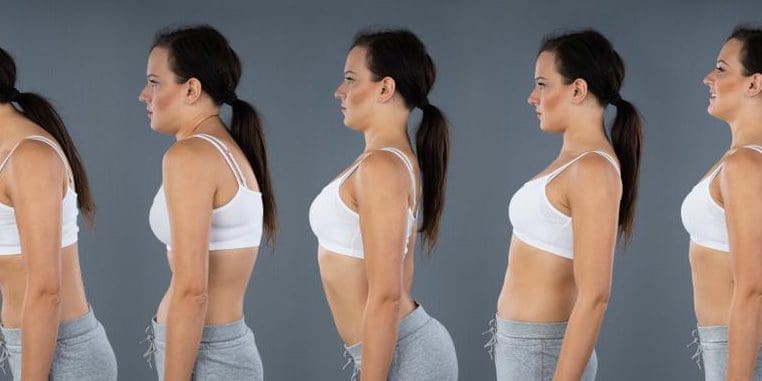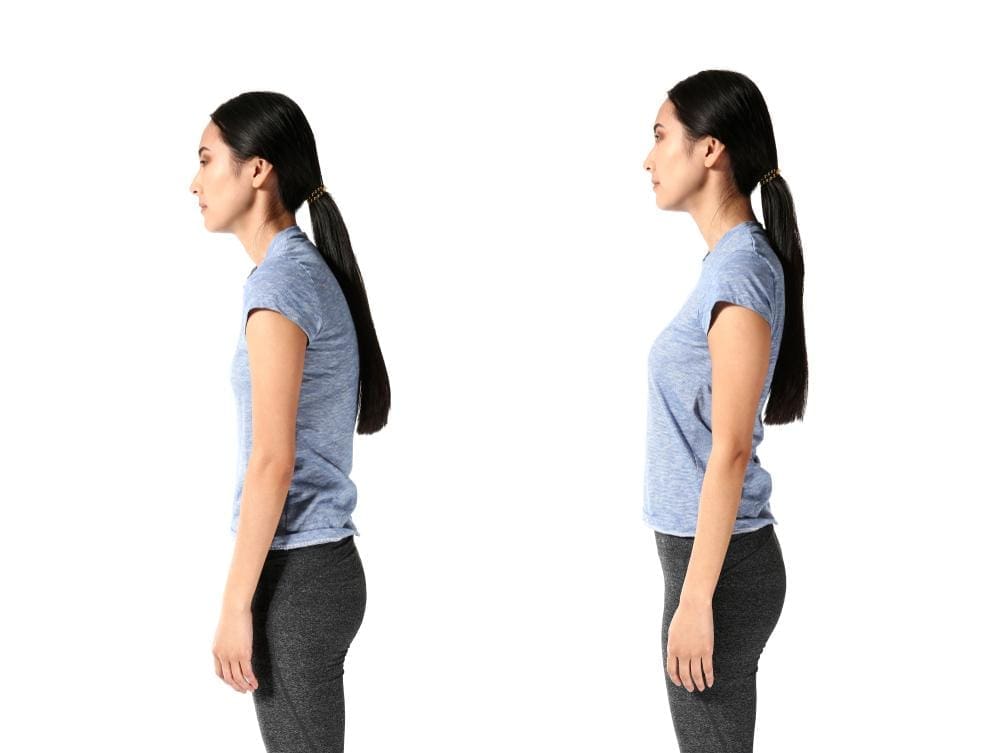
Chiropractic care for sway back is especially helpful for easing the pain and discomfort caused by spine problems.
Swayback is a common posture problem that can negatively impact overall health and quality of life. Many people turn to chiropractic care for the treatment of this condition. They believe chiropractic care can improve swayback and alleviate the pain and discomfort it causes.
Swayback is a condition that affects the spine and causes it to curve forward too much. It can lead to aches, pains, breathing problems, and other health issues. There are many different types of swayback conditions, including lordosis and kyphosis.
In some cases, swayback can be caused by injury or illness, but it is usually the result of poor posture, which can be caused by things like sitting or standing in the same position for too long. Many people with swayback find that stretching and exercises designed to strengthen their core muscles can help reduce symptoms and improve their quality of life. When the muscles in our back are weak, they cannot keep the curved spine properly aligned, resulting in a hunched-over appearance. In addition to exercise, many people experience swayback posture due to sleeping on mattresses that are too soft for our spinal structure.
Although a swayback can cause significant discomfort, it is typically not a serious medical condition. If you are experiencing any symptoms of swayback, speak to your healthcare provider as soon as possible to learn more about your treatment options.
The symptoms of sway back posture often include severe lower back pain, difficulty sitting or standing for long periods, and difficulty performing certain physical activities.
Other common symptoms include:
Treatment options vary depending on the cause and severity of your condition. Some common treatment options include physical therapy to help with strengthening exercises and posture retraining, chiropractic care to help with spinal alignment, and over-the-counter pain medication or prescription medications for pain relief.
In some cases, surgery may be required if other treatment options aren't effective. To avoid developing a swayback in the first place, try maintaining good posture and taking steps to prevent muscle weakness by performing regular stretching and strengthening exercises.
In general, people with swayback experience pain and discomfort.

Additionally, knees, hips, and other joints may become affected. The affected joints are the ones that put too much pressure on the lower back when they bend.
People with swayback posture may experience pain in their lower back or legs. They may even experience a greater risk of injury during physical activity if their muscular strength cannot support the potential injuries. The muscles around the lower back may also become weak if they are not used properly, leading to long-term back pain.

Swayback can be corrected through a variety of chiropractic treatments. These include:
Chiropractic adjustments are a common treatment used to correct swayback posture. During an adjustment, the doctor will apply pressure to specific areas of the spine to realign it and help restore proper spinal function.
In addition to adjustments, another form of chiropractic treatment for this condition is known as muscle energy technique (MET). Using MET, a chiropractor will gently move the body into different positions so that specific muscles can be targeted and worked on. This helps to improve muscle strength, flexibility, and function.
Many exercises can help correct swayback posture. Exercises to strengthen the core muscles in our back and abdomen can go a long way in improving problems with swayback.
Your chiropractor might also suggest lifestyle changes, including:
Finding a chiropractor to treat swayback is pretty straightforward – most chiropractors are trained in treating all of the major curves of the spine, including swayback.
However, it's essential to ensure that you're working with a reputable and experienced chiropractor for this treatment. Look for recommendations from people you know and trust, as well as professional organizations such as the American Chiropractic Association (ACA).

© Accident Care Chiropractic | Hablamos Español
Located in: North Portland, NE Portland, SE Portland, Gresham, Clackamas, Oregon City, Hillsboro, Bethany, Beaverton, Tigard, Forest Grove, Woodburn,
McMinnville, Keizer, Salem, South Salem, Bend, Springfield, Vancouver, Hazel Dell, East Vancouver, Pasco, Kennewick, Lakewood.
We Specialize in Car Accident Treatment & Recovery
Home | About Us | Testimonials | Blog | Sitemap | Privacy Policy | Services | Locations | Contact Us